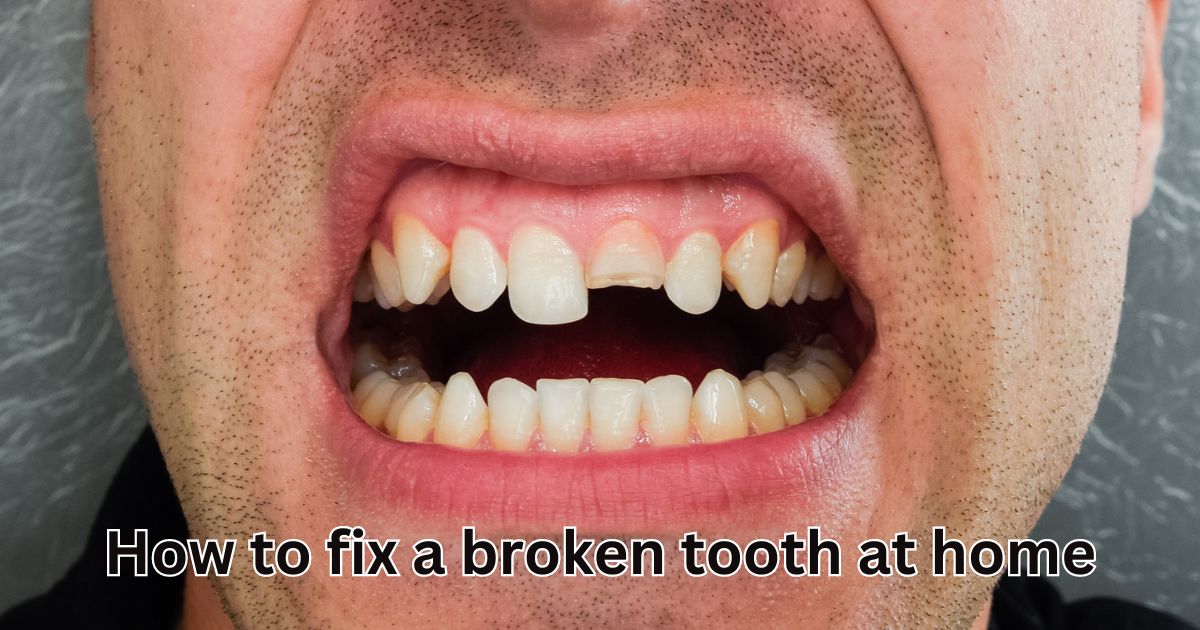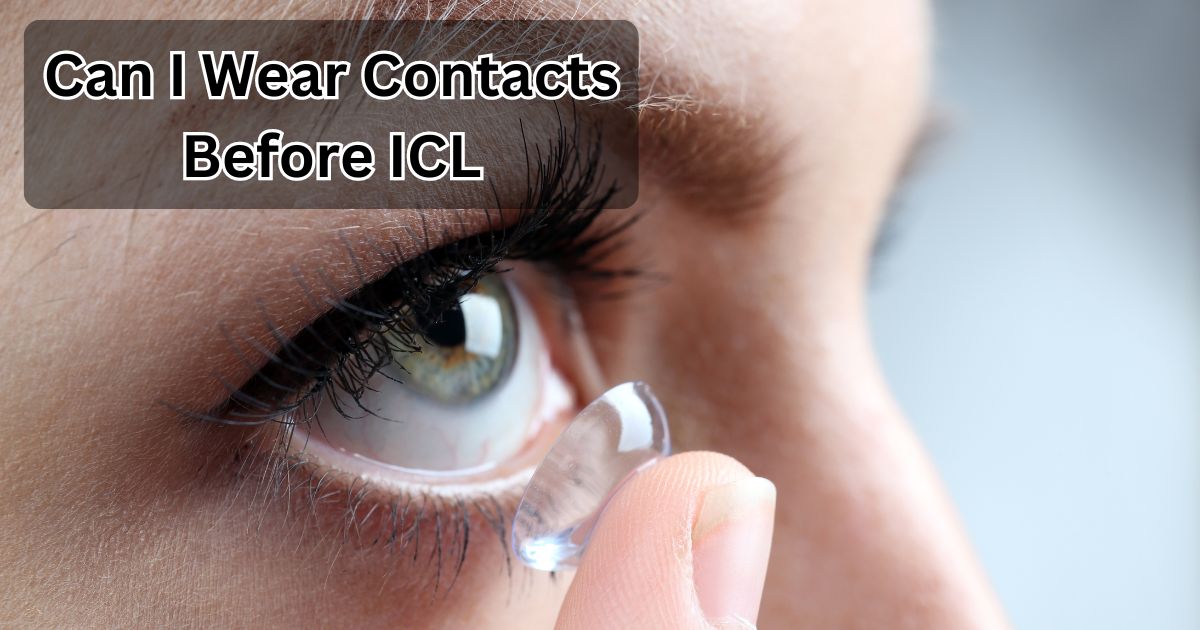A broken tooth can be a distressing experience, causing pain, discomfort, and concern. Knowing how to fix a broken tooth at home can be invaluable in managing the situation until you can get professional care. Teeth can break due to various reasons such as biting down on hard foods, accidents, or decay. Maintaining dental health is crucial as it not only affects your appearance but also your overall well-being. A broken tooth can lead to complications if not addressed promptly, making it important to understand both immediate home remedies and when to seek professional help.
While some tooth fractures can be managed at home temporarily, others require immediate professional care. If you experience severe pain, extensive bleeding, or signs of infection such as fever or swelling, it is essential to seek dental care immediately. Minor chips or cracks, however, can often be managed at home until you can see a dentist.
Understanding Tooth Anatomy
Basic Structure of a Tooth
Understanding the structure of your tooth can help you determine the severity of a break and the appropriate steps to take.
- Enamel: The hard, outer surface of the tooth that protects against decay and physical damage.
- Dentin: The layer beneath the enamel, less hard but still protective.
- Pulp: The innermost part of the tooth containing nerves and blood vessels.
Types of Tooth Fractures
Not all tooth fractures are the same. They can vary in severity and the type of damage inflicted.
- Minor Chips: Small pieces of enamel that break off, usually causing minimal pain.
- Cracks: These can range from superficial to deep, sometimes reaching the pulp.
- Severe Breaks: Large portions of the tooth break off, often exposing the pulp and causing significant pain.
Immediate Steps After Breaking a Tooth
Stay Calm
It’s important to remain calm if you break a tooth. Panicking can make the situation worse and cloud your judgment. Take a deep breath and prepare to assess the damage.
Assess the Damage
Carefully examine the broken tooth in a mirror to understand the extent of the damage. If the break is minor, you may notice a small chip. For more severe breaks, you might see exposed dentin or pulp, which can cause significant pain.
Related Article: How to fix broken tooth naturally
Temporary Solutions for a Broken Tooth
Rinsing with Warm Water
Rinsing your mouth with warm water is one of the first steps you should take. This helps to clean the area and remove any debris that might cause further irritation or infection.
Using Saltwater
A saltwater rinse can be even more effective due to its antibacterial properties. Dissolve a teaspoon of salt in a glass of warm water and swish it around your mouth. This can help reduce pain and prevent infection.
Applying a Cold Compress
If you experience swelling or pain, apply a cold compress to the outside of your cheek near the broken tooth. This can help reduce inflammation and numb the area, providing temporary relief from pain.
Managing Pain and Discomfort
Over-the-Counter Pain Relievers
Over-the-counter pain relievers like ibuprofen or acetaminophen can help manage pain and reduce inflammation. Follow the dosage instructions on the packaging to ensure safe and effective use.
Natural Remedies
Natural remedies can also offer pain relief when considering how to fix a broken tooth at home. Applying clove oil to the affected area can numb the pain due to its natural anesthetic properties. Alternatively, you can use a peppermint tea bag. Simply steep a tea bag, let it cool, and place it on the broken tooth for a soothing effect.
Preventing Infection
Maintaining Oral Hygiene
Keeping your mouth clean is essential to prevent infection. Brush your teeth gently around the broken tooth, using a soft-bristled toothbrush to avoid causing further damage.
Using Antiseptic Mouthwash
An antiseptic mouthwash can help kill bacteria and reduce the risk of infection. Rinse your mouth with an alcohol-free antiseptic mouthwash, which is less likely to irritate the sensitive area around the broken tooth.
Protecting the Broken Tooth
Dental Wax or Sugarless Gum
To protect your broken tooth from further damage and prevent it from cutting your tongue or cheek, you can cover the sharp edges with dental wax or sugarless gum. This creates a smooth surface and reduces discomfort.
Avoiding Certain Foods
Avoid eating hard, chewy, or sticky foods that can exacerbate the damage to your broken tooth. Opt for soft foods like yogurt, mashed potatoes, and soup until you can see a dentist.
Home Remedies for Minor Chips and Cracks
Temporary Dental Repair Kits
Temporary dental repair kits, available at most pharmacies, can provide short-term solutions for minor chips and cracks. These kits often include materials to create a temporary filling or bond.
DIY Bonding with Superglue
In some cases, superglue can be used to temporarily bond a broken piece of tooth back in place. This should only be a last resort and performed with caution, as superglue can be toxic if ingested.
Handling Severe Breaks
Creating a Temporary Filling
If a large part of your tooth is broken, you can use over-the-counter dental cement to create a temporary filling. This can protect the exposed area and reduce sensitivity until you can see a dentist.
Temporary Crown Placement
For more significant damage, temporary crown kits are available. These kits provide a plastic crown that can be placed over the broken tooth, offering protection and a temporary solution.
Dealing with Knocked-Out Teeth
Immediate Actions
If a tooth is knocked out, time is of the essence. Pick up the tooth by the crown (the top part), avoiding the root. Rinse it gently with water if dirty, but do not scrub it or remove any attached tissue.
Re-implantation at Home
If possible, try to re-implant the tooth in its socket, holding it in place by biting down gently on a piece of gauze. If re-implantation is not possible, store the tooth in a container of milk or saline solution until you can see a dentist.
When to Contact a Dentist
Recognizing Emergency Symptoms
If you experience persistent pain, extensive bleeding, or signs of infection such as fever and swelling, it’s crucial to contact a dentist immediately. Understanding how to fix a broken tooth at home can help manage minor issues, but these symptoms indicate that professional intervention is needed.
Planning for Dental Visits
When planning a visit to the dentist, inform them of your situation to ensure they can see you as soon as possible. Be prepared to explain the extent of the damage and any symptoms you are experiencing.
Preventing Future Tooth Breakage
Strengthening Your Teeth
Maintaining a diet rich in calcium and vitamins can help strengthen your teeth. Foods such as dairy products, leafy greens, and nuts are excellent choices to promote dental health.
Avoiding Harmful Habits
Certain habits, such as chewing ice, biting nails, or using your teeth as tools, can increase the risk of tooth breakage. Avoid these behaviors to protect your teeth from unnecessary damage.
FAQs
Can a Broken Tooth Heal on Its Own?
A broken tooth cannot heal on its own because teeth are not capable of regenerating lost enamel or dentin. However, minor fractures can be managed with proper care and professional treatment to restore their appearance and function.
Is it Safe to Fix a Broken Tooth at Home?
While some temporary measures can be taken at home to manage a broken tooth, it is essential to seek professional dental care to address the underlying issues and prevent further complications.
How Long Can I Delay Professional Treatment?
Delaying professional treatment for a broken tooth can lead to complications such as infection, increased pain, and further damage. It is advisable to see a dentist as soon as possible, even if temporary home remedies provide relief.
Conclusion
Fixing a broken tooth at home involves immediate steps to manage pain, prevent infection, and protect the tooth until professional care is available. Understanding how to fix a broken tooth at home can help you take the right temporary measures, such as rinsing with warm saltwater, applying cold compresses, and using over-the-counter dental repair kits.
While home remedies can provide temporary relief, it is crucial to seek professional dental care to address the underlying issues and ensure proper treatment. Regular dental check-ups can help prevent future tooth breakage and maintain overall oral health.









